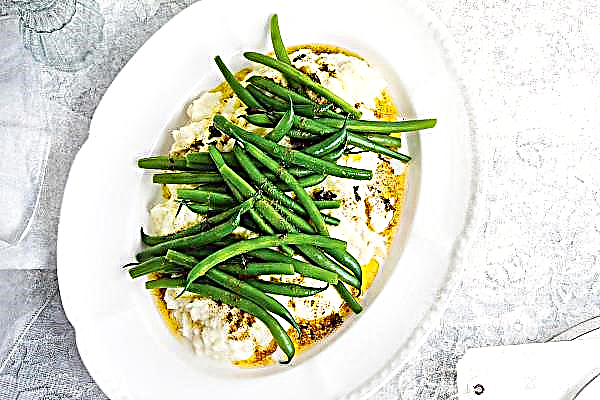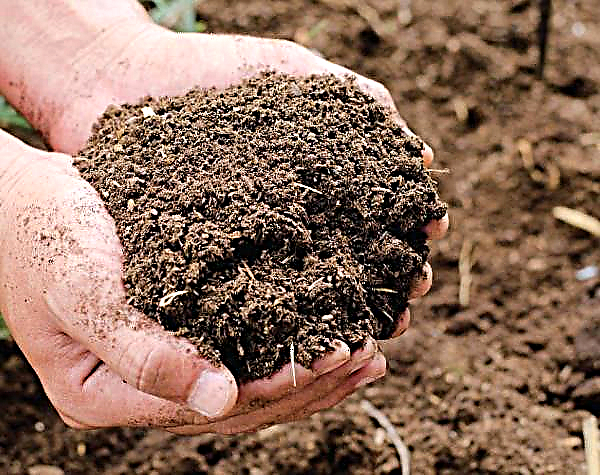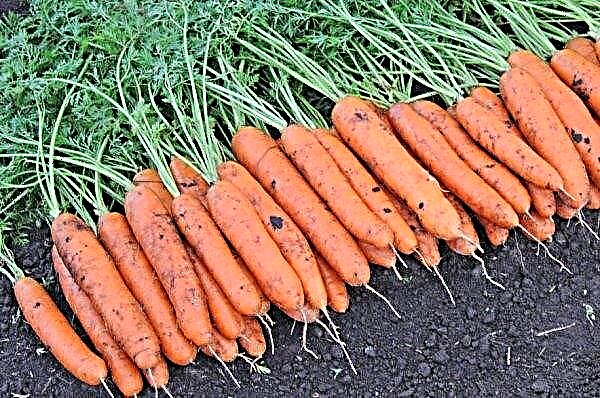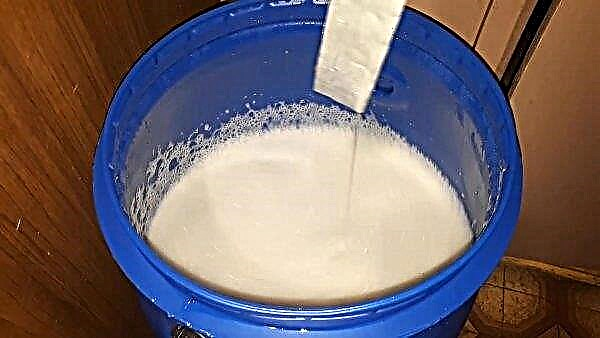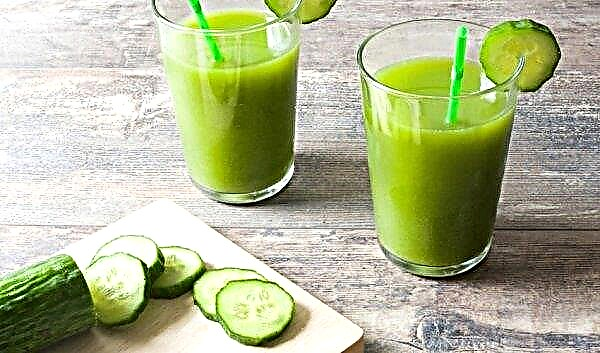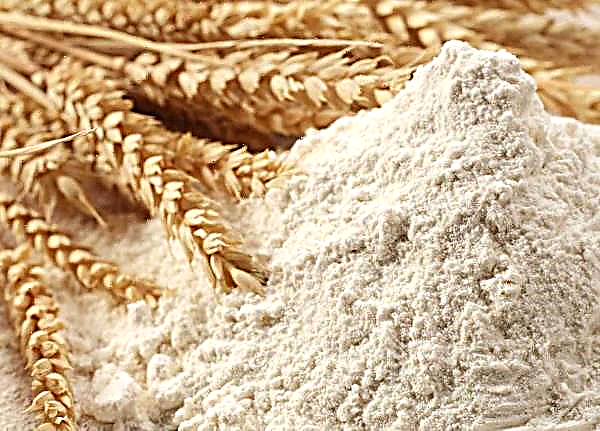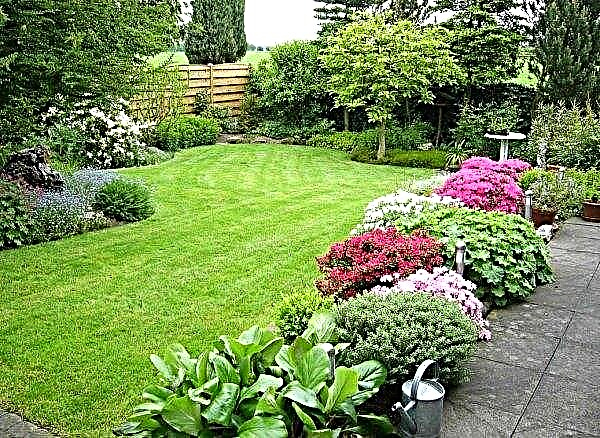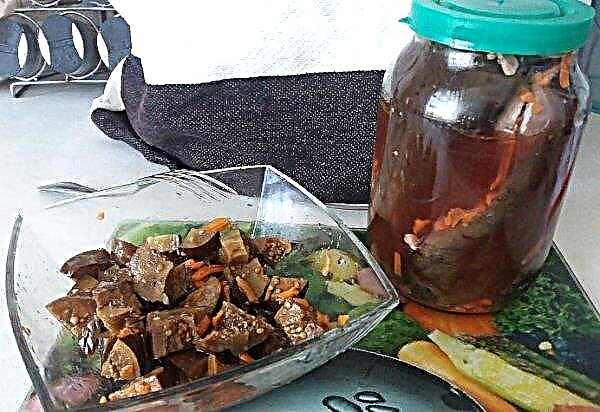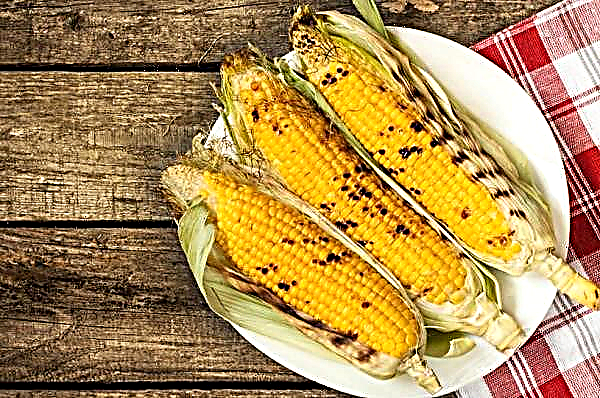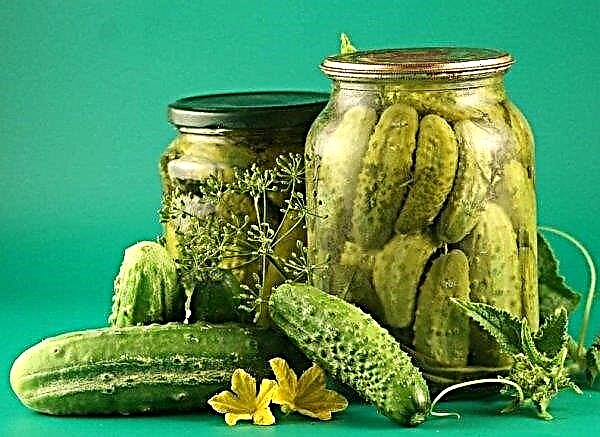Aloe is an ornamental plant that is used for medicinal purposes. So that the reserves of natural medicine do not run out, the breeder should take care of its reproduction. This can be done in several ways, which are discussed in detail in the article.
Dates and optimal conditions for aloe propagation
The optimal time for separating planting material from the parent plant is from February to March.
After planting the resulting material, you need to take care of comfortable conditions in order to speed up the process of rooting of young plants:
- provide good lighting by placing containers with flowers on the southern windowsills;
- the air temperature in the room must be maintained within + 15–20 ℃;
- air humidity is medium or low - 60-30%.
Plant conditions and preparation will vary slightly depending on the propagation method.
Important! Drinking pure aloe juice can cause kidney poisoning and inflammation.
The period of preparation of planting material coincides with a pick in large tanks. Young specimens, up to 3 years old, are transplanted every year, adults - every 3 years. However, before transplanting plants, you need to make sure that this procedure is a necessity.
You can find out by the following signs:
- the roots filled the entire pot and are visible through the drainage holes;
- soil acidified or infected by pests;
- many basal processes appeared around the lower part of the plant;
- the bush has lost its aesthetics and needs updating.

Methods of propagating aloe at home
There are several ways to propagate aloe at home:
- a sheet;
- cuttings;
- the top;
- seeds.
Leaf
Leaf propagation is carried out as follows:
- The thickest leaf, no less than 10–15 cm long, is selected and separated from the base of the stem with a sharp knife.
- The slice is treated with activated carbon.
- The resulting planting material is wrapped in gauze and left to dry in a dark place for 1-2 days.
- When the slice dries, it is dusted with charcoal.
The substrate for planting is prepared from:Did you know? Aloe inhibits the development of pathogenic organisms not only when ingested, but also just being indoors. It is especially useful during the period of epidemics of influenza and SARS: foliage purifies the air in the process of its life and enriches it with antioxidant compounds.
- sand;
- sod-leaf land;
- vermiculite.

Cuttings
Cutting is the most effective aloe propagation technique. It is allowed to take planting material not only in the spring, but also in the summer.
- Lateral branches containing 2-3 leaves are separated from the main stem. They are carefully cut off with a knife as close to the stem as possible.
- Slices on the mother plant are treated with charcoal.
- The cuttings are wrapped in gauze and placed in a tight-fitting closet for a week.
- Over the specified time, the humidity in the cabinet should be maintained within 50%.
When the cuttings are ready for planting, the cut points are treated with charcoal. A universal soil for succulents is used as a substrate. Landing is carried out in cassettes or small containers. When planting in a common pot between plants, a step of 5-7 cm is maintained; cuttings are buried in the soil by 1-2 cm.

Tops
The method is suitable for the variety - aloe tree. Periodically, plants require a formation that involves cutting off the growth point; while the top is not thrown away, but used as planting material. The procedure is carried out in the spring:
- Cut off part of the main stem with 5-7 leaves.
- Charcoal cut on the mother plant.
- The top is placed in the Kornevin solution for 2 hours, then transferred to a jar of warm water.
- With the advent of the first roots, plants are planted in soil consisting of humus, sand and peat.
Video: Propagation of aloe tree
Seeds
Reproduction by seeds is a troublesome process. Aloe rarely blooms at home, so the seeds are bought in a store. Crops develop well in the soil mixture, consisting of coarse river sand and humus leaf.
For landing use special cartridges with a large number of drainage holes. Seeds are laid out in prepared containers and sprinkled on top with soil. Then they are covered with a film and sent for about a week to a dark room, in which the temperature indicator is + 20 ℃, and the humidity is maintained within 40-50%.
With the advent of sprouts, cassettes are rearranged in well-lit rooms. Transplantation into individual pots is carried out with the appearance of at least 2 of these sheets.
Follow-up care
During the development phase of the root system, with any method of reproduction, watering is carried out every day. Fortified plants in the summer are watered once a week, in winter - every 2 weeks.
When moistening, it is unacceptable to water the plants from above: you need to ensure that moisture does not get into the sinuses of the leaves, as this can lead to decay. Water for irrigation use a settled, room temperature.
Once every 2 months, a complex fertilizer is added to the irrigation liquid, containing:
- potassium;
- phosphorus;
- calcium;
- nitrogen.
Important! Aloe for full development requires much less nitrogen than other plants. When choosing a complex fertilizer, pay attention to the composition. Nitrogen should contain no more than 10%.
In winter, plants do not require additional lighting. The air temperature in the room can be reduced to + 10–12 ℃. In February and October it is necessary to carry out preventive treatment with Fitoverm - this will make it possible to protect plants from attack by pests.
What to do if it does not take root
There are several reasons why aloe may not take root during propagation:
- poor-quality planting material - cuttings or leaves taken from too large a plant;
- low-nutrient substrate - it is best to take land from the forest;
- improper care - for example, excessive watering, the main mistake of plant breeders.

Useful growing tips
A few secrets to successfully growing aloe at home:
- to avoid root decay, instead of watering under the root better to pour water into the pan;
- in extreme heat, you can increase air humidity by spraying;
- leaves need periodically wipe with a wet swab;
- in winter, do not disturb the plant with dressings and scraps;
- in the warmer months, you can transfer aloe to an open balcony or transplant into open ground in the garden - This will help increase the resistance of plants and develop a beautiful crown.
Did you know? Despite the appearance, aloe has no affinity for cacti. Botany classifies the succulent class as monocotyledonous, the order is asparagus.
Thus, aloe can be propagated in several ways. When all the rules of care are followed, planting material is well rooted and gives new sprouts.


